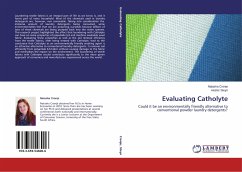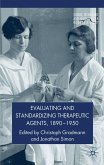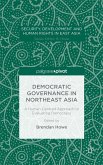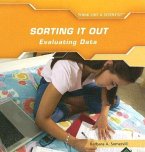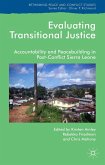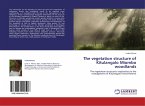Laundering textile fabrics is an integral part of life as we know it, and it forms part of every household. Most of the chemicals used in laundry detergents are, however, non renewable. Taking into consideration the immense amount of laundry detergents being consumed, some environmentalists feel that we are poisoning ourselves because billions of tons of these chemicals are being pumped back into the water systems. This research project highlighted the effect that laundering with Catholyte can have on some properties of polyamide 6,6 and machine washable wool fabric. Evaluating these properties as well as the soil removal efficiency from the textile fabrics, after being treated with Catholyte, lead to the conclusion that Catholyte as an environmentally friendly washing agent is an attractive alternative to conventional laundry detergents. It removes soil efficiently from polyamide 6,6 fabric without causing damage to the fabric and minimalises the impact on the environment. The laundering of textile fabrics with Catholyte would contribute significantly to the more green approach of consumers and manufacturers experienced across the world.
Bitte wählen Sie Ihr Anliegen aus.
Rechnungen
Retourenschein anfordern
Bestellstatus
Storno

